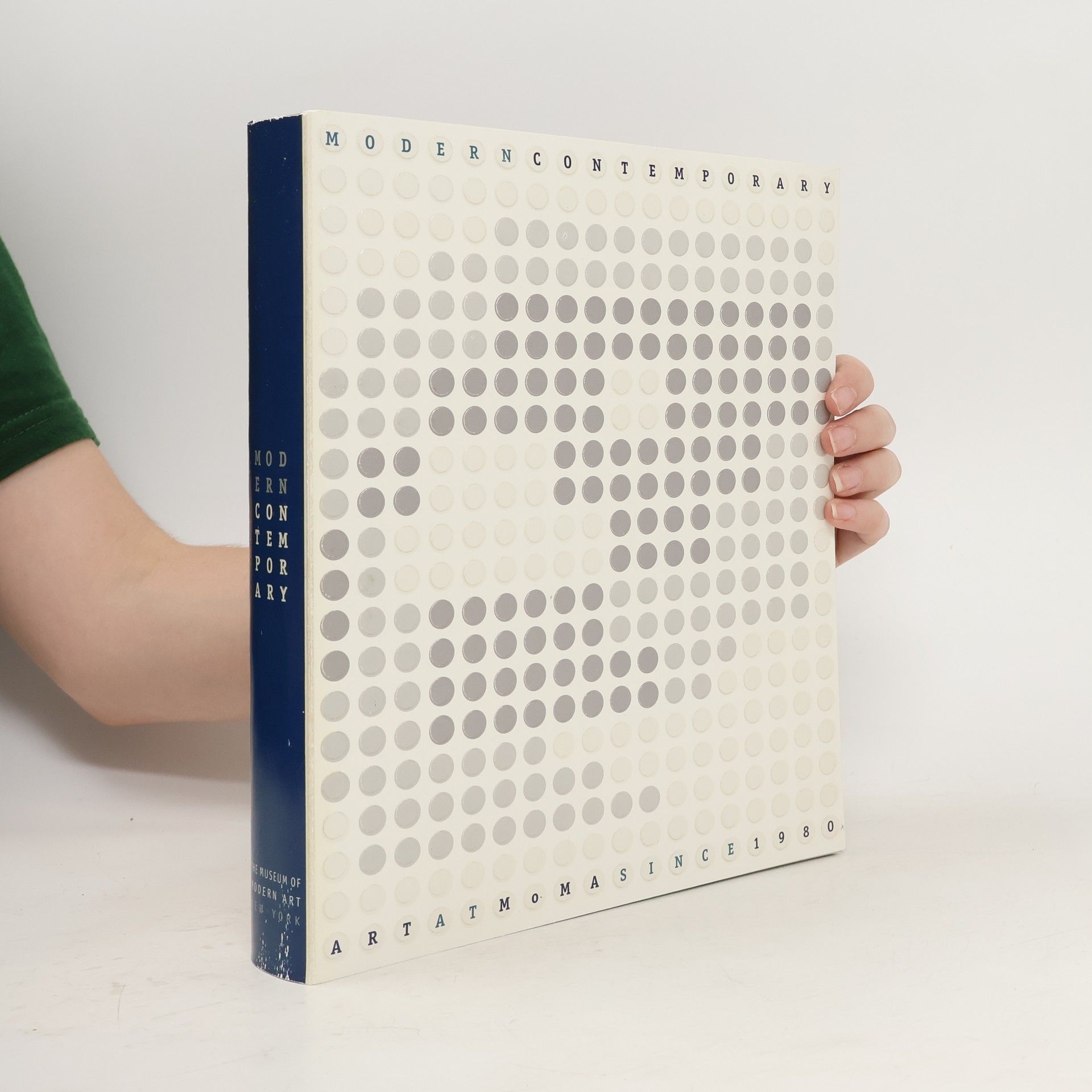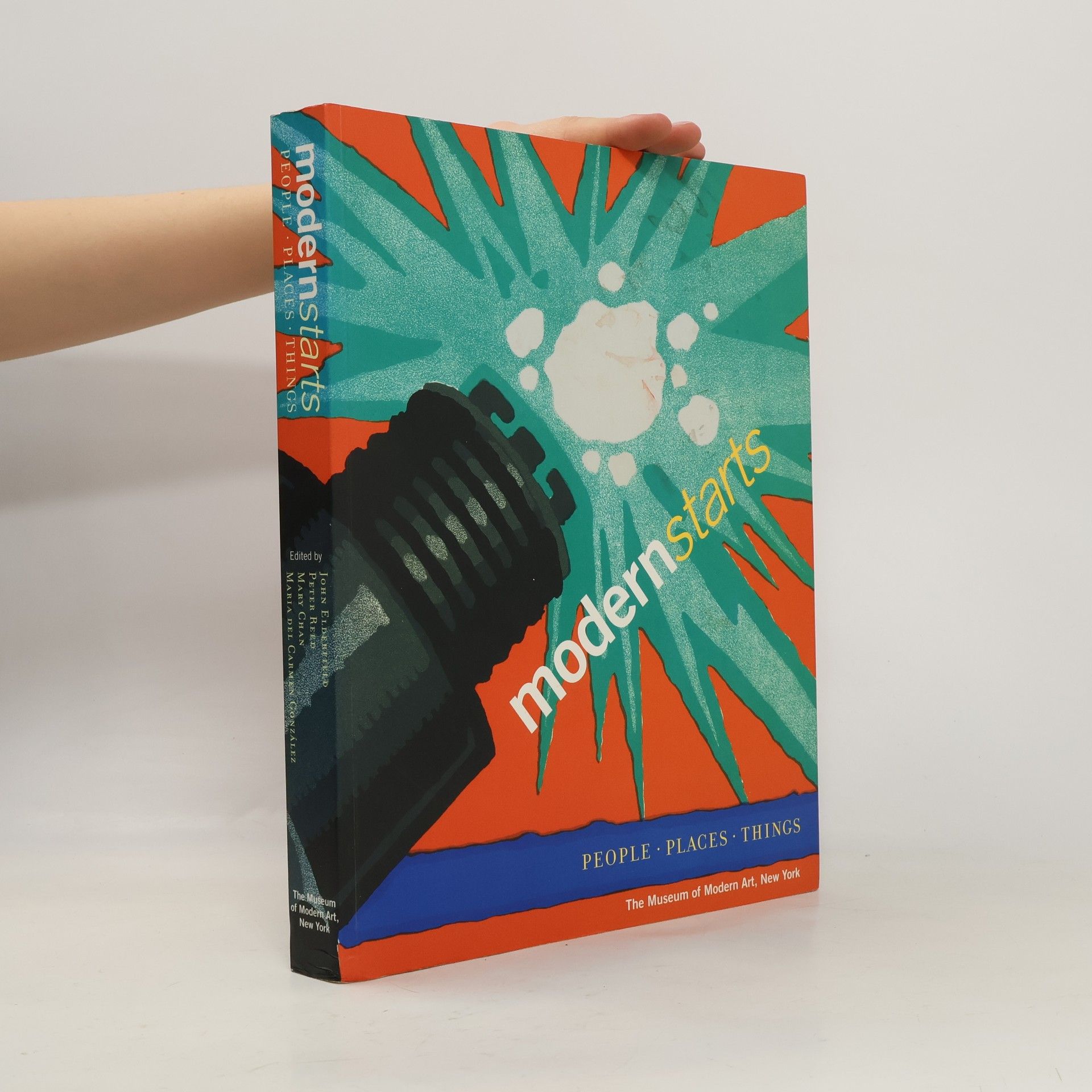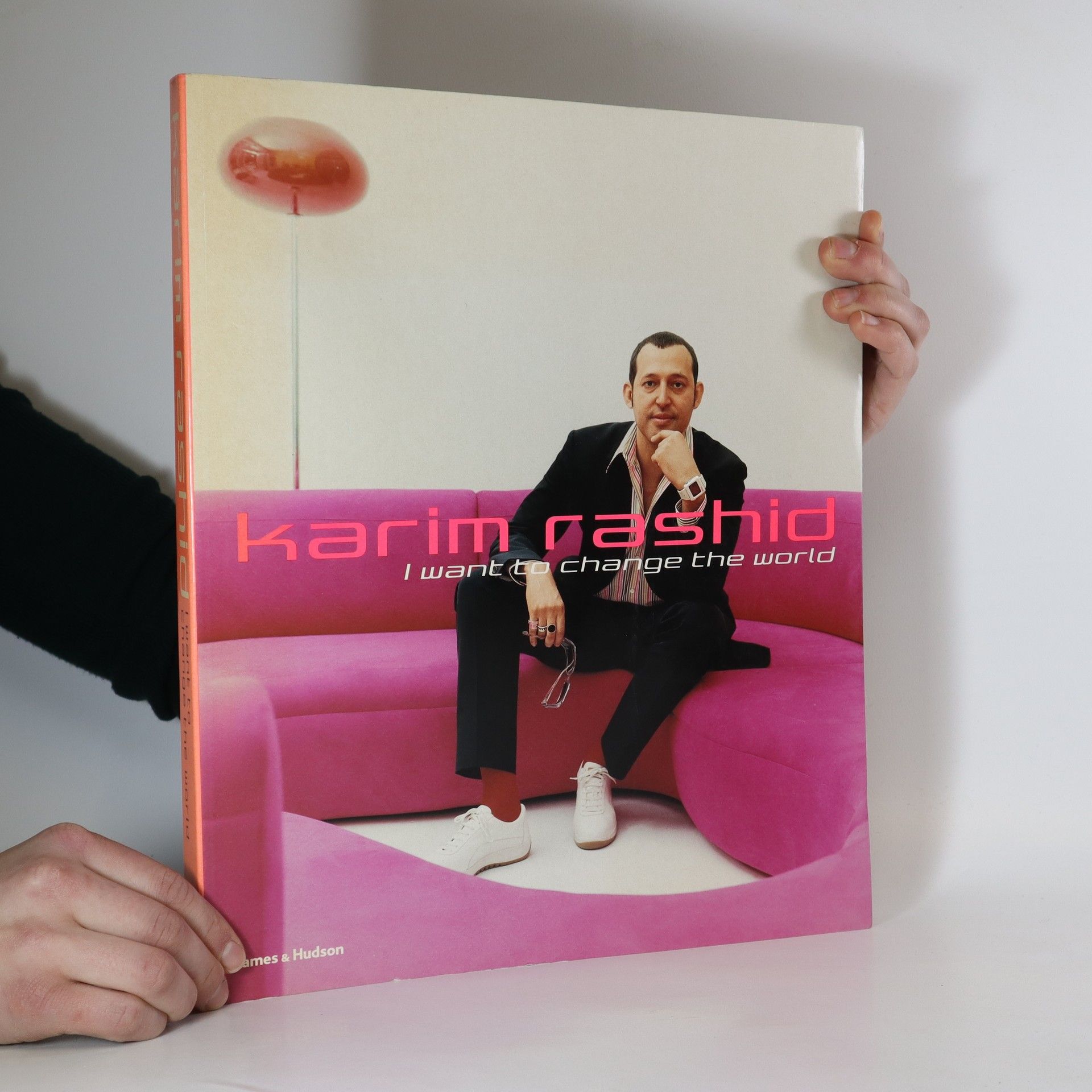Bio design : nature, science, creativity
- 288 pages
- 11 hours of reading
Designers and artists have always looked to nature for inspiration and materials, but only recently have they been able to alter and incorporate living organisms in their work. 'Bio Design' examines some seventy projects (concepts, prototypes and completed designs) that cover the fields of architecture, industrial processes, education, fine art, material engineering and bioengineering. Each project is illustrated by a short text, images and captions that combine to explain the problems the venture tackles, and how living materials and processes were harnessed to solve them in sustainable and aesthetically pleasing ways.






